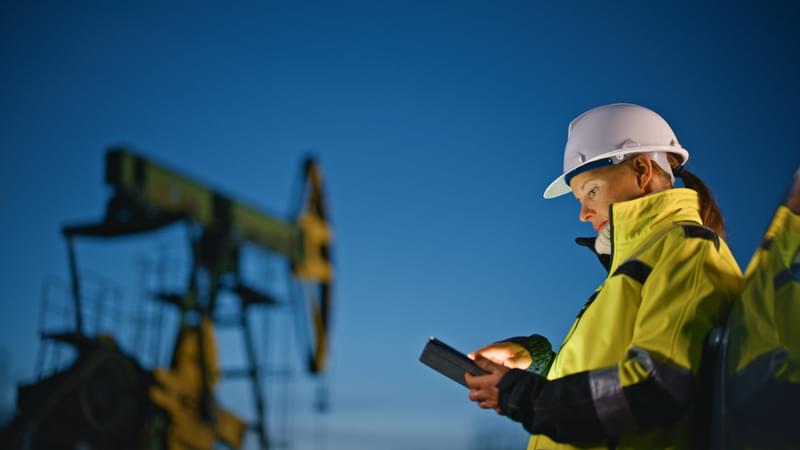EPA's landmark methane rule was finalized. Now what?

At the COP28 Climate Summit, the EPA Administrator announced a final package of rules regulating methane emissions from the oil and gas sector — a process that began a decade ago under the Obama Administration. We now have final rules that for the first time will pull almost every oil and gas production site under federal methane regulation. But in many ways, the journey is just beginning.
The Clock is Ticking
EPA’s final rules laid out a number of important requirements for how oil and gas facilities will be designed and operated. Routine flaring is getting phased out, gas-driven pneumatics are slated to be a thing of the past, and of course leak detection is becoming a front-and-center issue to ongoing operations. EPA’s final rule lets companies deploy advanced leak detection technologies, including Kairos’ aircraft-based solution, and we’re working behind the scenes to get our technology certified by EPA as quickly as possible.
But when do operators need to act? The answer to that question depends largely on when your facilities were built (or modified).
December 6, 2022 is a key date to remember. If your facility was constructed or modified on or after that date, you are subject to the new OOOOb rules and must implement the new requirements. If your facility was constructed or modified before December 6, 2022, it will eventually become subject to the OOOOc rules which apply to existing sources. However, OOOOc rules will likely take effect in early 2029.
Clearly, the clock is ticking for sites subject to OOOOb but does that mean older sites that will fall under OOOOc can delay implementation? In some areas the answer is yes, but there are a few critical areas where operators who delay implementation may face serious financial risk.
Super Emitters and the IRA Methane Waste Fee
One of the most closely scrutinized sections of the proposed EPA rule was the Super Emitter Program (SEP), which gave third parties (think Environmental NGOs and scientific organizations) a mechanism to report super emitters to operators and force action.
The program was modified in the final rule in several key ways, but made it into the final rule largely intact. There are a few key points to know:
- Super emitters are considered leaks that exceed 100 kg/hr
- Third parties will report Super Emitters to EPA, who will then report them to operators. Operators are required to investigate SEP reports, including with leak detection surveys
- Operators must report findings, including event duration to EPA which means compliance with SEP and the Greenhouse Gas Inventory (Subpart W) are now linked
- SERP requirements apply to sites subject to OOOOb, OOOOc, and “unregulated sources”
The last point is perhaps the most important. Even if a OOOOc site constructed before December 6, 2022 has several years to implement the many equipment change requirements, every facility will be subject to the SEP, regardless of when it was constructed. That means that operators must have a plan to deal with SEP reports for their entire footprint now.
A Through Line to Methane Fees
The Inflation Reduction Act (IRA) methane waste charge applies across the oil and gas value chain, and requires operators to pay an escalating fee on methane emissions. The fee is calculated based on company-reported data under the Greenhouse Gas Reporting Program (GHGRP) Subpart W. You can read more about how Subpart W is changing here.
What EPA did in the final SEP is put a mechanism in place to make Super Emitters reportable, require investigation of suspected Super Emitters, and then give themselves a pathway to feed that information into Subpart W calculations. Those calculations will serve as the basis of your methane fees, which could easily stretch into the millions of dollars per year.
By pulling in OOOOc sites to SEP from Day 1, EPA has opened the door to huge tax liability thanks to the methane waste fees. Operators may have time to implement retrofits on equipment like pneumatic controllers, but they will be ignoring the SEP and its tax implications at their own peril.
Final Thoughts
EPA’s rules are a major leap in stringency for federal methane rules, both for the number of sites they cover and the level of stringency of the requirements. Companies need to begin thinking through operational strategies like leak detection now to avoid dual exposure to OOOOb noncompliance and methane waste fee taxes. Advanced, frequent measurement needs to be a part of every prudent operator’s strategy. Kairos is positioned to offer monthly or bimonthly surveys that can check the compliance boxes you need, and we’re here to help you navigate this new regulatory régime.